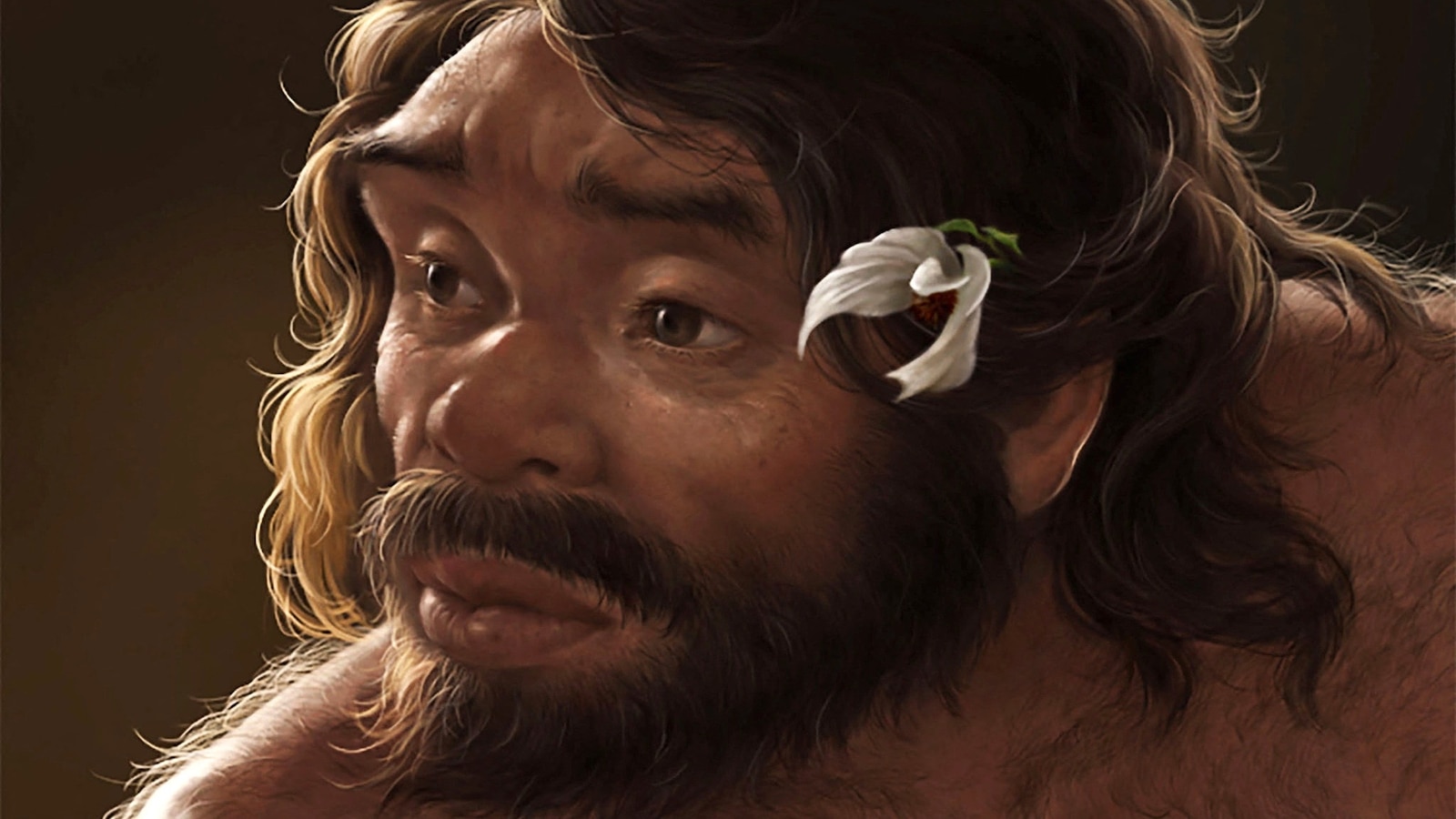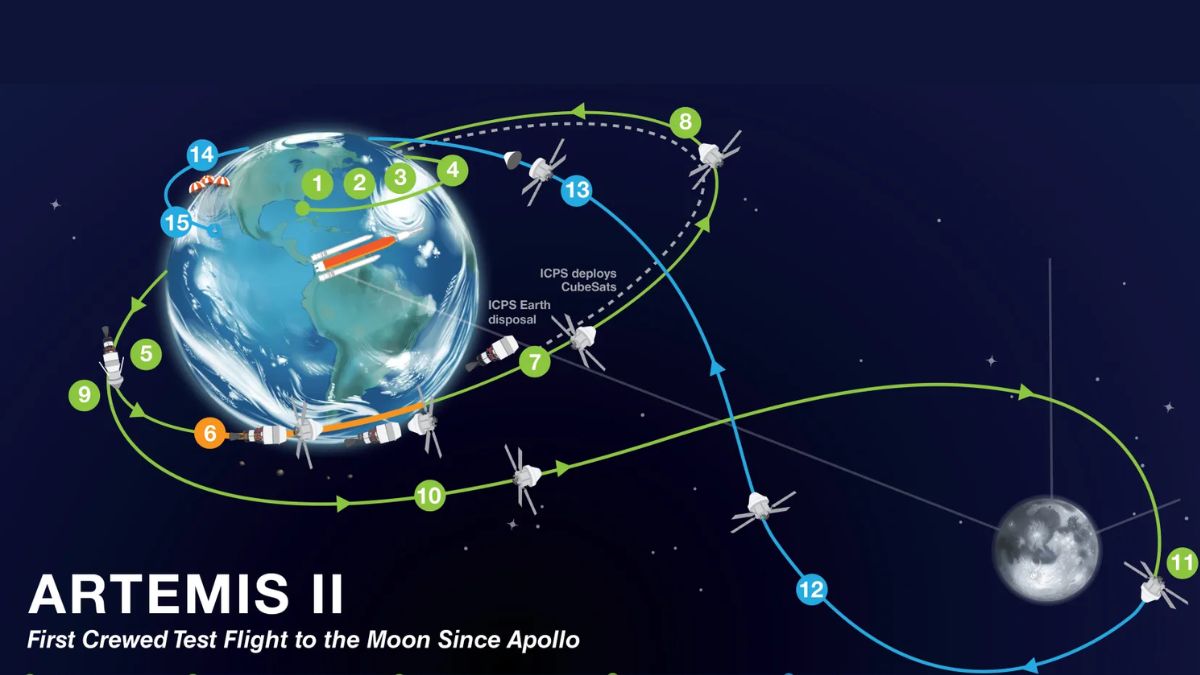Unbelievable Discovery: Meet the Fearsome Joaquinraptor Casali, a Top Predator from the Cretaceous!

Imagine stumbling upon a giant dinosaur that could easily rival today’s fiercest predators! Scientists in Argentina have uncovered a jaw-dropping new species of megaraptoran dinosaur, known as Joaquinraptor casali, gripping a bone from an ancient crocodile relative in its powerful jaws. This thrilling find not only showcases the unique characteristics of these mysterious predators but also amplifies our understanding of life during the late Cretaceous period.
The fossils of Joaquinraptor casali were excavated from the Lago Colhué Huapi formation in Patagonia, and they paint a vivid picture of a creature that could reach a staggering 23 feet in length. That’s like having a modern-day T-Rex lurking around your neighborhood! These megaraptorans are recognized for their elongated skulls, razor-sharp teeth, and formidable claws, making them true apex predators of their time.
Researchers unearthed parts of the skull, limbs, vertebrae, and tail, representing one of the most complete megaraptoran skeletons found so far. Lucio Ibiricu, a prominent member of the discovery team from the Patagonian Institute of Geology and Paleontology, highlighted the unique features of megaraptorans, especially their “huge and very powerful claws.” This critical detail sets them apart from other predatory dinosaurs of the Cretaceous, adding a new layer of intrigue to these ancient giants.
Federico Agnolin from the Argentine Museum of Natural Science explained that this find fills a major gap in our understanding of megaraptorans, providing a rare opportunity to delve into their anatomy and predatory behavior. Imagine the thrill of examining fossils that reveal the life history of these magnificent creatures!
But the discovery doesn’t stop there. The crocodile bone found lodged in its jaws offers tantalizing clues about the dietary habits of Joaquinraptor casali. Could it have preyed on crocodilians or scavenged their remains? This tantalizing evidence invites us to ponder the complex predator-prey dynamics of the late Cretaceous floodplains, teeming with life and competition.
Dating back between 66 and 70 million years, this dinosaur roamed the Earth just before the cataclysmic events that led to the extinction of the dinosaurs. Surprisingly, this creature was at least 19 years old at the time of death, but the cause remains a mystery.
In a heartwarming twist, the dinosaur is named after Ibiricu’s son, Joaquin, demonstrating a thoughtful tribute to his child’s fascination with natural history. As scientists continue to analyze these incredible fossils, the implications of this discovery could rewrite our understanding of predatory dynamics and the evolutionary lineage of dinosaurs in South America.


















